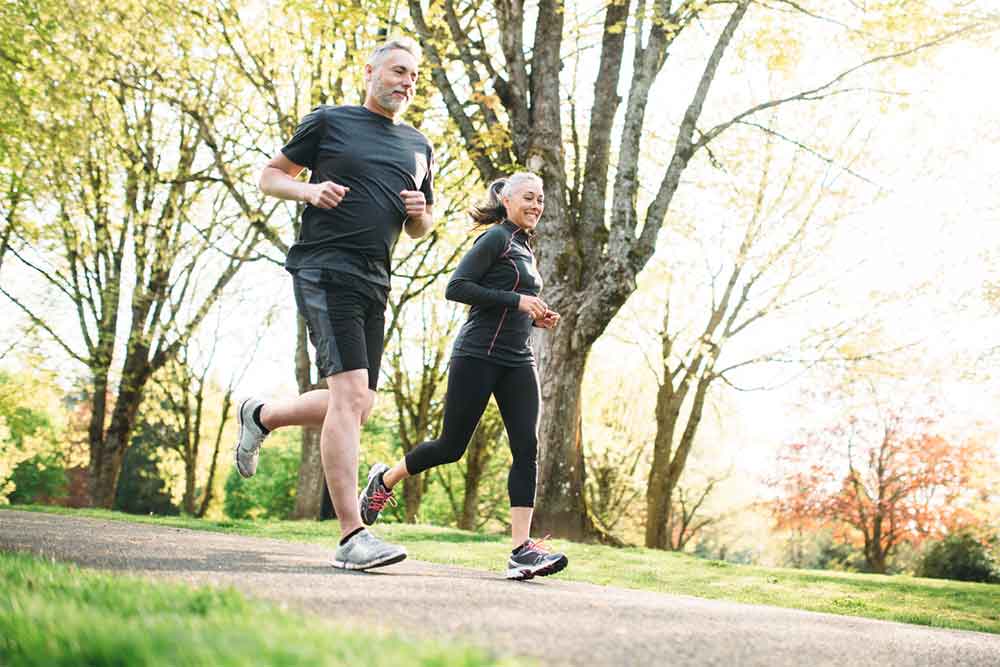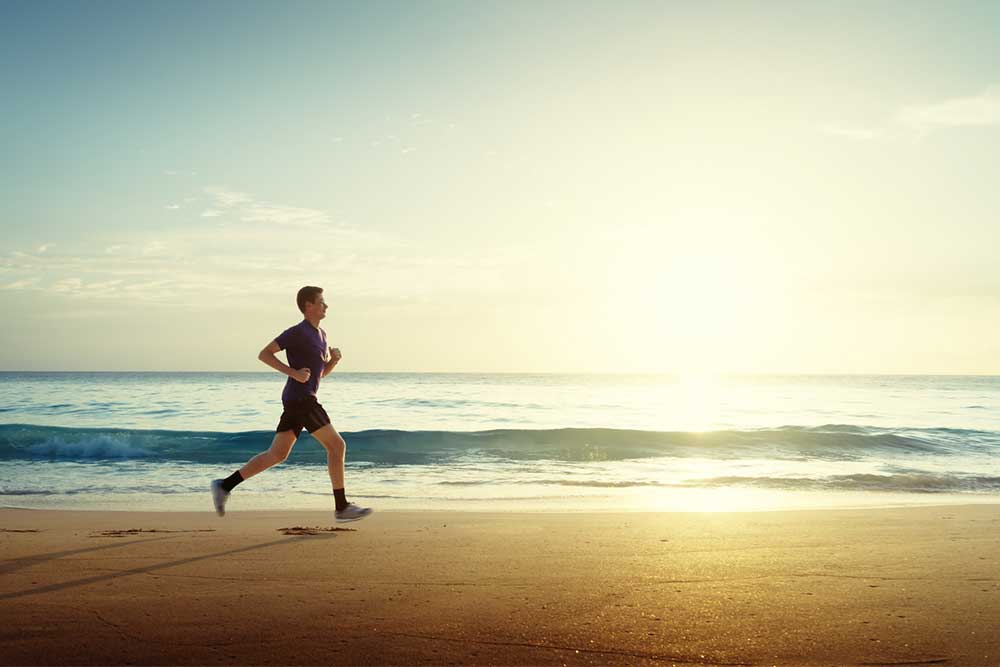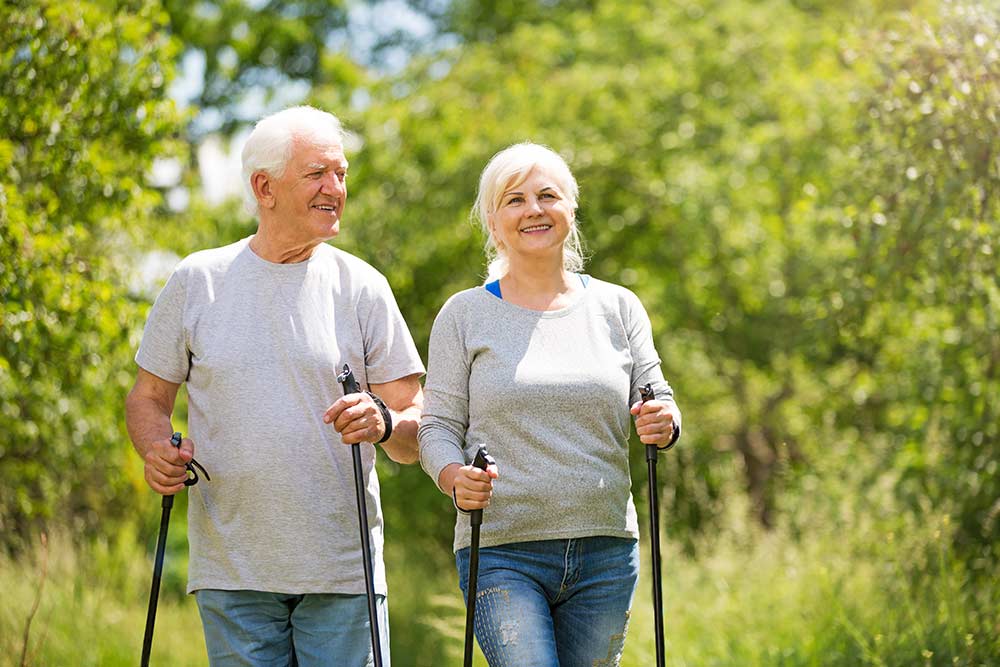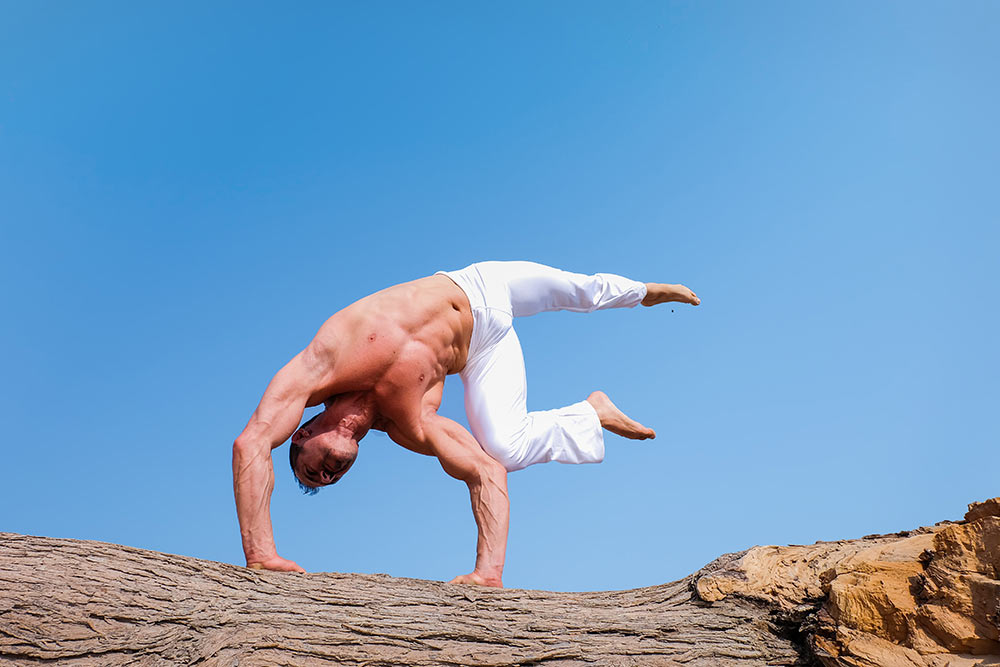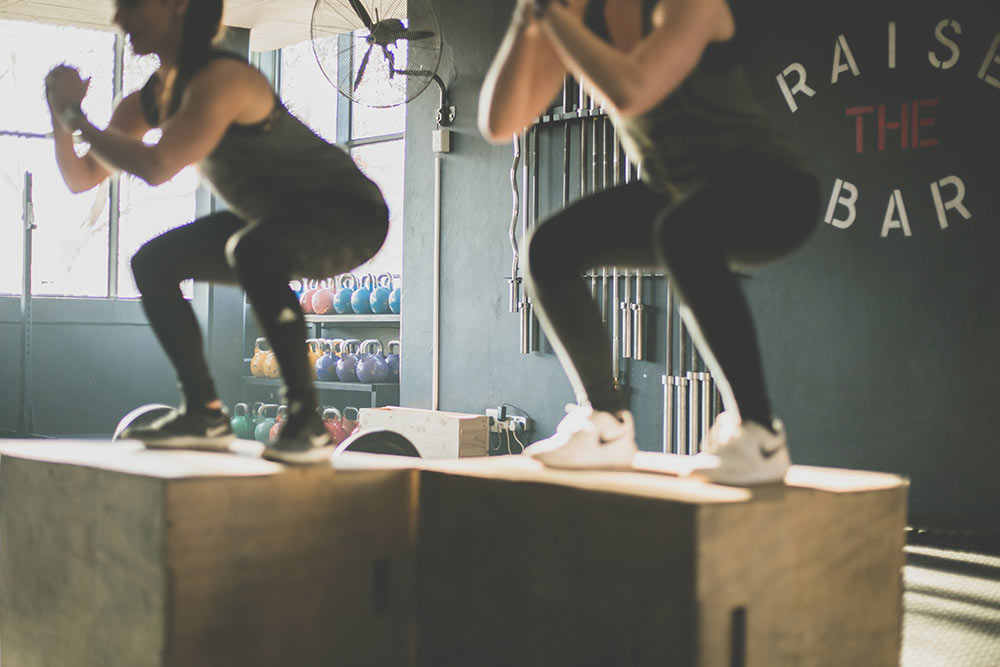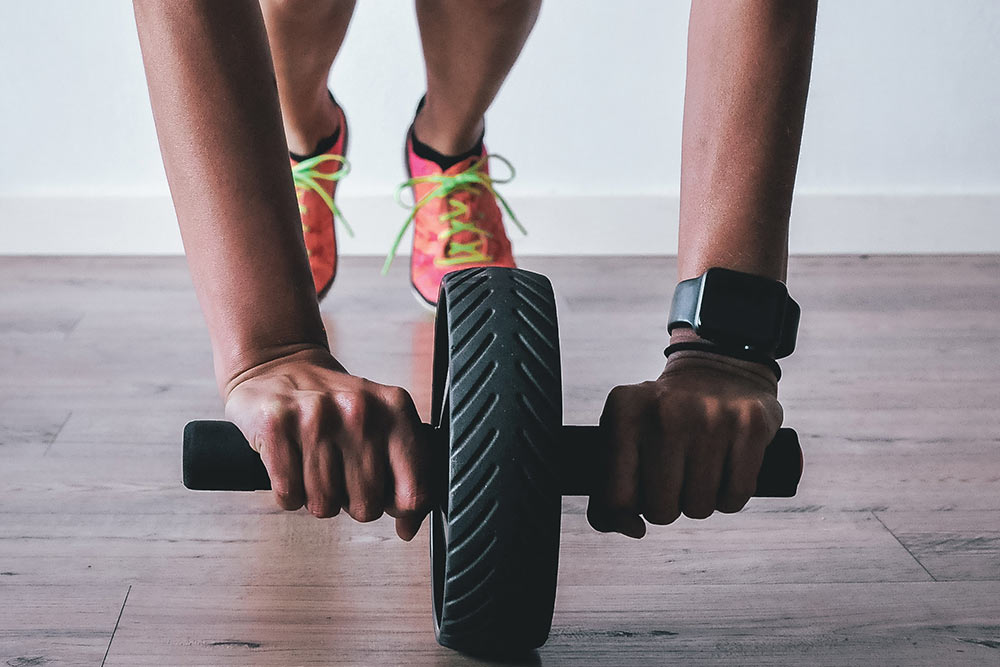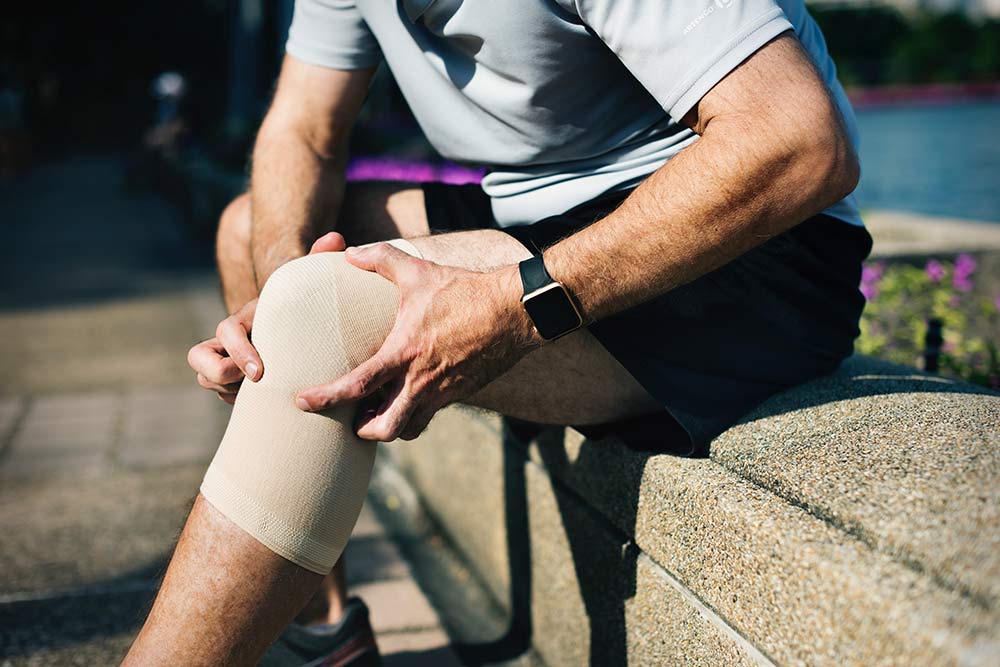Get Active With Rheumatoid Arthritis
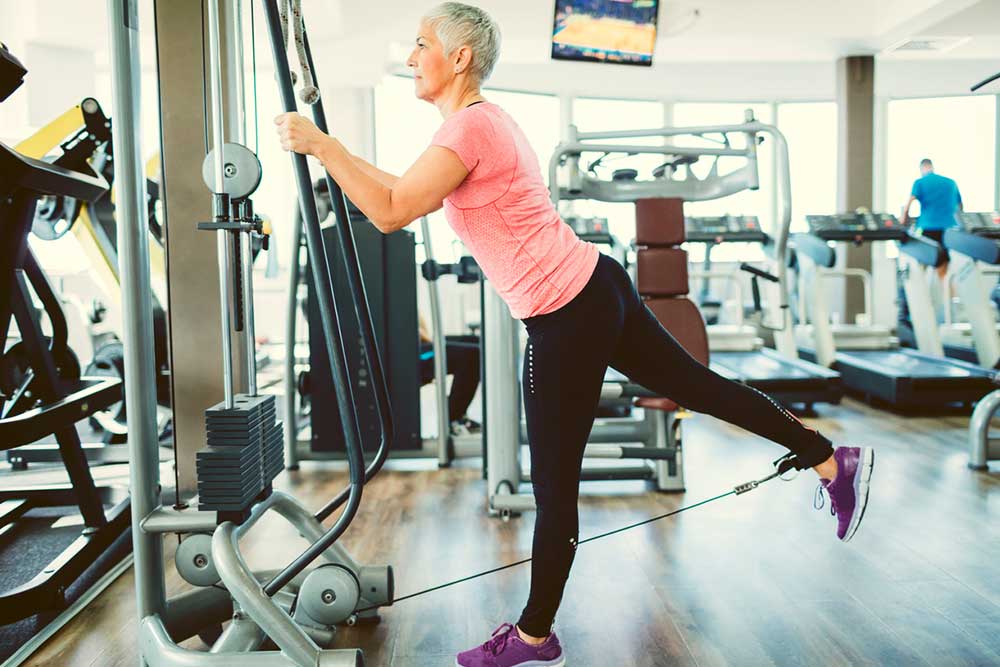
Gillian White – MSc, PhD (C), University of Toronto, Department of Exercise Sciences
 Rheumatoid arthritis (RA) is an autoimmune disease causing pain, swelling, and dysfunction of the joints in roughly 1% of adult Americans (Scott, Wolfe, & Huizinga 2010).
Rheumatoid arthritis (RA) is an autoimmune disease causing pain, swelling, and dysfunction of the joints in roughly 1% of adult Americans (Scott, Wolfe, & Huizinga 2010).
Because of its autoimmune nature, symptoms can be improved with lifestyle behaviours that reduce inflammation. Although joints may be stiff and painful, exercise and physical activity are critical lifestyle elements that can improve symptoms through inflammatory control, improving overall function and quality of life in people living with RA. In fact, stiffness, and associated dysfunction, is often increased after periods of rest and inactivity. This is because of tissue properties that change with activity (i.e. joint lubrication, laxity of connective tissue and skeletal muscles around the joint), as well as inflammatory processes.
Overall, physical activity and exercise is an important consideration that should be incorporated into daily life for people living with RA, with a few considerations to ensure maximizing benefits while minimizing risks.
Goals and Limitations
As with any illness, it’s important to consider both the goals of exercise for maintaining overall physical (and emotional, mental, intellectual…) function and alleviating symptoms, while appreciating physical limitations imposed by the illness or possible vulnerabilities associated with the underlying disease processes.
In the case of RA, the goals are to minimize pain and stiffness around the joints that are affected, and reduce inflammation, which promotes disease advancement. While most, if not all, types of exercise can be enjoyed by people living with RA, different types of exercise will have different benefits and different RA-specific considerations.
Related Article: Exercise and “Inflammaging”
Aerobic training
Benefits:
Moderate intensity aerobic exercise enhances cardiovascular health and fitness, decreases fatigue, improves sleep, and is the most potent form of exercise for reducing inflammation.
The American College of Rheumatology recommends the same levels of aerobic exercise for those with RA as healthy individuals – 150 minutes/week. Regular aerobic exercise decreases inflammatory levels and increases anti-oxidant capacity, which helps control inflammation and fight free radicals that can exacerbate joint pain and swelling.
The natural opioids released with aerobic exercise also reduce sensations of pain, and the regular movement of the joints helps reduce stiffness and swelling.
Special Considerations:
Ground Reaction Forces (GRFs), or “impact” forces with ground contact (i.e. when your heel hits the ground walking, running, jumping), cause inflammation at the joints of the lower limbs and spinal column.
If you imagine there’s a little bit of space between the articulating (touching) bones at each joint, when you do something with high GRFs like sprinting or jumping, the bones bump together with a similar amount of force. When they bump together, it causes mechanical stress and local inflammation, worsening RA symptoms.
This is perhaps the most important consideration for people with RA when they are exercising, luckily there are lots of exercises with lower GRFs and other ways to reduce the forces that transmitted up to your joints from the ground.
Try this:
Activities with low GRFs: – walking, cycling, and anything in water especially swimming. These will all get your heart rate up and provide the range of benefits of aerobic exercise while minimizing the forces experienced by the lower limb joints. Wear good running shoes with a cushioned sole. While I am a believer in minimalism with footwear, for people with RA cushioned shoes reduce GRFs and provide stability – both good ideas.
Strength training
Benefits:
Muscular strength is the number 1 physical quality required to maintain function as you age (even more so than aerobic fitness) so it is certainly something to include in your fitness regime with RA. Muscle strength increases energy levels and makes everything physical that you do during the day – from walking up stairs to opening doors – just feel easier.
Further, the load bearing element helps maintain bone integrity, which is essential for people with RA who may be at risk of osteoporosis because of medication, lower physical activity levels, or the disease process itself.
The American College of Rheumatologists recommends strength or resistance training 2x/week. For people with RA, muscle strength is especially good because it offers more support to the joint from the soft tissues (i.e. muscle). This reduces loads that the joint has to deal with, in turn reducing local inflammation from joint loads and subsequent pain and swelling.
Special Considerations:
Again, GRFs are not the friend of joints afflicted by RA, so strength programs that include plyometric-type movements (i.e. jumping) should be avoided. Excessive loads can also cause muscle damage, which increases inflammation leading to increased joint pain and swelling. Plus, if you have a condition that is making your joints sore, you probably don’t want to make your muscles excessively sore too.
Try this:
Resistance training with free weights, resistance bands, or body weight can improve muscle strength. Scale your intensity and schedule your strength workouts on the days that your pain symptoms are low, as the extra load on joints can worsen symptoms. If wrist symptoms make it challenging to hold weights, try a resistance band instead.
Focus on functional movements (lunges, squats, planks) with good form to promote good joint health in your big joints (shoulders, hips, & knees).
Flexibility
Benefits:
Flexibility is your friend when your joint mobility is restricted. Sessions dedicated to stretching stiff muscles and increasing the range of motion of joints (i.e. Yoga) are a great idea, but you can also just add short bouts of stretching to your daily routine. Just 5-10 min every morning and evening can help maintain joint mobility and reduce joint stiffness, while the relaxation of slow controlled stretches can reduce stress and inflammation.
Considerations:
Finding the end range (the angle that your joint will move to willingly) is good but don’t try to push beyond what’s comfortable. Bone spurs and inflamed joint tissue could be restricting movement and pushing too far can increase inflammation and cause joint damage. Keep it in your wheelhouse and breathe deeply while you find your range of motion.
Try this:
Any kind of stretching can be beneficial to your joint range of motion and function. Adding an element of relaxation through breathing, like yoga practice, will increase relaxation, reducing stress and inflammation as well as pain symptoms.
Favourite activities for RA
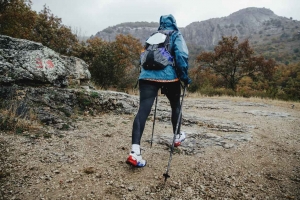 Anything that gets you out the door and involves movement is great but activities that include an element of weight bearing (i.e. being on your feet) while minimizing joint loads is excellent.
Anything that gets you out the door and involves movement is great but activities that include an element of weight bearing (i.e. being on your feet) while minimizing joint loads is excellent.
Try walking with poles on an incline to get a good muscle and cardio workout while keeping joint loads low. Get out on the trails and take in some nature while you get a workout that is good for your heart, your muscles, and your joints.
Tai-chi and other low impact, controlled muscular movements paired with breathing and mental focus improve neuromuscular function, as well as promote relaxation, helping to reduce inflammation, joint pain and swelling. Tai-chi is also excellent for promoting balance and coordination, both great qualities to have when joints are sore and less stable.
Swimming and anything else in water are excellent options, especially on days when symptoms are high. The buoyancy reduces loads on joints, allowing you to move uninhibited by joint pain. The hydrostatic forces of the water are also helpful for reducing swelling and supporting unstable joints. And let’s face it – water is fun.
Cycling does require some joint mobility but doesn’t involve and ground impact, so this is a good way to increase intensity without adding excessive loads to joints.
For more information about rheumatoid arthritis, visit the American College of Rheumatology at http://www.rheumatology.org.
Related Article: Exercise As A Stimulus For Bone Health
References:
Scott DL, Wolfe F, Huizinga TW (2010). “Rheumatoid arthritis”. Lancet. 376 (9746): 1094–108.
You Might Like:




